Description
Are you searching for the perfect balance of power, efficiency, and reliability in a 200HP outboard motor? The Yamaha F200XCA represents the pinnacle of 4-stroke outboard engineering, delivering exceptional performance for serious boaters and fishing enthusiasts. This comprehensive guide covers everything you need to know about the F200XCA, from technical specifications to real-world performance, helping you make an informed decision for your next marine engine purchase.
The F200XCA isn’t just another outboard motor—it’s a sophisticated piece of marine engineering that combines Yamaha’s decades of innovation with cutting-edge technology. Whether you’re powering a center console fishing boat or a recreational vessel, understanding the capabilities and features of this Yamaha F200XCA can transform your boating experience.
What is the Yamaha F200XCA?
The Yamaha F200XCA is a premium 200-horsepower, 2.8-liter inline 4-cylinder outboard motor designed specifically for offshore and demanding marine applications. Part of Yamaha’s advanced 4-stroke outboard lineup, this engine represents a significant evolution from traditional outboard designs, incorporating sophisticated technologies that were once exclusive to automotive engines.
At its core, the F200XCA features Yamaha’s proven inline 4-cylinder architecture, which delivers smooth operation and exceptional power-to-weight ratio. The engine displaces 2.8 liters and utilizes advanced electronic fuel injection (EFI) technology to optimize fuel delivery and combustion efficiency. This results in cleaner emissions, better fuel economy, and more consistent performance across various operating conditions.
The “XCA” designation indicates this motor’s offshore-ready configuration, featuring enhanced corrosion resistance, robust construction, and systems designed to handle the demanding conditions of saltwater boating. Unlike older older 200HP models that relied on carbureted 2-stroke technology, the F200XCA represents modern outboard engineering at its finest.
What sets the F200XCA apart from competitors is its integration with Yamaha’s digital control systems and its compatibility with advanced boat control technologies. The engine incorporates variable valve timing (VVT) technology, which optimizes valve timing across the RPM range for maximum power output and fuel efficiency. Additionally, the F200XCA features 4-stroke technology that eliminates the need for oil mixing while providing quieter operation and reduced emissions.
Why the Yamaha F200XCA Matters
The significance of the F200XCA in today’s marine market cannot be overstated. This engine addresses three critical needs that modern boaters demand: power, efficiency, and reliability. In an era where fuel costs continue to rise and environmental regulations become more stringent, the F200XCA delivers solutions that benefit both boaters and the environment.
Performance-wise, the F200XCA generates impressive thrust while maintaining smooth operation throughout its RPM range. Independent testing shows that boats equipped with the F200XCA achieve faster acceleration, higher top speeds, and better overall performance compared to similar-displacement competitors. The inline 4-cylinder design inherently provides better balance than V6 configurations, resulting in reduced vibration and enhanced operator comfort during long days on the water.
From an efficiency standpoint, the F200XCA’s advanced fuel injection system and variable valve timing deliver fuel consumption rates that are 10-15% better than comparable 2-stroke engines. This translates to significant cost savings over the engine’s lifespan, especially for commercial operators and avid recreational boaters who log substantial hours annually. The improved efficiency also extends cruising range, allowing boaters to venture farther offshore with confidence.
Environmental responsibility is another crucial factor driving the F200XCA’s importance. The 4-stroke design produces significantly lower emissions than 2-stroke alternatives, helping boaters comply with increasingly strict environmental regulations in many waterways. The engine meets EPA and CARB emission standards while delivering the performance that serious boaters demand. This environmental consciousness aligns with saltwater 200HP applications where protecting marine ecosystems is paramount.
How to Select and Optimize the Yamaha F200XCA
Choosing the right configuration and optimizing your F200XCA installation requires careful consideration of your specific boating needs and vessel characteristics. The selection process begins with evaluating your boat’s transom height, weight capacity, and intended use patterns.
Step 1: Determine Proper Shaft Length Measure your boat’s transom height to select between standard (20-inch) and extra-long (25-inch) shaft options. Most center console boats in the 24-28 foot range require the standard shaft length, while larger vessels or those with higher transoms need the extra-long configuration. Proper shaft length ensures optimal water pickup, cooling system efficiency, and propeller performance.
Step 2: Evaluate Control System Options The F200XCA integrates seamlessly with Yamaha’s Command Link Plus digital control system, providing comprehensive engine monitoring and diagnostic capabilities. Consider upgrading to digital gauges and controls to maximize the engine’s technological advantages. The system monitors critical parameters including fuel flow, engine temperature, trim angle, and maintenance intervals.
Step 3: Propeller Selection and Optimization Propeller selection significantly impacts performance and fuel efficiency. The F200XCA typically performs best with stainless steel propellers in the 19-21 pitch range, depending on boat weight and intended use. For fishing applications, consider a lower pitch propeller that provides better acceleration and trolling performance. Performance-oriented setups may benefit from higher pitch propellers that maximize top-end speed.
Step 4: Rigging and Installation Considerations Professional installation is crucial for optimal F200XCA performance. Ensure proper engine height adjustment, steering system compatibility, and fuel system configuration. The engine requires high-quality marine fuel with ethanol content no higher than 10% (E10) for optimal performance and longevity. Install appropriate fuel filters and consider a fuel/water separator for enhanced system protection.
Step 5: Break-in Procedure Follow Yamaha’s recommended break-in procedure meticulously to ensure long-term reliability. The first 10 hours require varied RPM operation with no sustained full-throttle running. Monitor engine temperature, oil pressure, and overall performance during the break-in period. Proper break-in procedures can significantly extend engine life and optimize performance characteristics.
Professional Tip: Consider the total system weight when selecting the F200XCA. While the engine itself weighs approximately 487 pounds, factor in controls, rigging, and fuel when calculating your boat’s load distribution. Proper weight balance affects both performance and safety.
For boaters considering power upgrades, the F225 XCA upgrade provides additional horsepower while maintaining similar fuel efficiency characteristics. Alternatively, those seeking maximum power might explore the F300 XCA for larger vessels requiring exceptional performance.
Types and Configurations of Yamaha 200HP Outboards
Understanding the various Yamaha 200HP outboard configurations helps you select the model that best matches your specific boating requirements. Yamaha offers several distinct 200HP platforms, each engineered for different applications and performance priorities.
F200XCA Inline 4-Cylinder The F200XCA represents Yamaha’s latest 200HP technology, featuring the compact inline 4-cylinder design optimized for efficiency and smooth operation. This configuration excels in applications requiring excellent fuel economy, reduced emissions, and moderate weight. The 2.8-liter displacement delivers strong mid-range torque perfect for fishing boats and recreational vessels.
VF200 VMAX SHO For performance-oriented applications, the VMAX SHO 200 utilizes a supercharged V6 design that delivers exceptional acceleration and top-end speed. The VMAX SHO configuration is ideal for bass boats, performance fishing vessels, and applications where rapid acceleration is prioritized over fuel economy.
F200 V6 4.2L Configuration Yamaha’s traditional V6 200HP models offer proven reliability and performance in a more conventional package. These engines typically provide strong low-end torque and are well-suited for heavy-duty applications including larger center console boats and commercial vessels.
Comparison Considerations:
- Fuel Efficiency: The F200XCA inline 4-cylinder typically delivers 8-12% better fuel economy than V6 alternatives
- Weight: Inline 4-cylinder engines are generally lighter than V6 configurations, benefiting smaller boats
- Torque Characteristics: V6 engines often provide stronger low-end torque, while I4 engines excel in mid-range performance
- Maintenance: Inline configurations typically offer easier access for routine maintenance procedures
- Cost: I4 engines generally have lower initial purchase prices and reduced long-term maintenance costs
When comparing with competitive brands, consider how the F200XCA stacks against alternative brands in terms of warranty coverage, dealer support, and parts availability. Yamaha’s extensive dealer network and comprehensive warranty programs provide significant advantages for long-term ownership.
Advanced Strategies for F200XCA Optimization
Maximizing your F200XCA’s performance and longevity requires implementing advanced optimization strategies that go beyond basic operation and maintenance. These techniques help experienced boaters extract maximum value from their investment while ensuring reliable operation in demanding conditions.
Fuel System Optimization Implement a comprehensive fuel management strategy that includes regular fuel system cleaning, proper fuel storage techniques, and seasonal preparation procedures. Use marine-grade fuel additives to prevent ethanol-related issues and maintain fuel system cleanliness. Consider installing a larger fuel/water separator and implementing a dual-filter system for enhanced protection in contaminated fuel environments.
Digital Engine Management Leverage the F200XCA’s digital capabilities by regularly reviewing engine data logs and performance trends. Monitor fuel flow patterns, operating temperatures, and RPM distributions to identify optimization opportunities. Set up maintenance alerts and monitor engine hours to ensure timely service intervals. Advanced users can configure custom display layouts on compatible multifunction displays to prioritize critical operating parameters.
Propeller Performance Tuning Experiment with different propeller configurations to optimize performance for specific operating conditions. Many F200XCA owners benefit from maintaining multiple propeller sets: a lower-pitch prop for fishing and trolling applications, and a higher-pitch prop for cruising and performance runs. Document performance metrics for each configuration to make informed selections based on planned activities.
Cooling System Enhancement In harsh operating environments, consider upgrading cooling system components to enhance durability and performance. Install additional raw water strainers, upgrade to premium thermostats, and implement routine cooling system flushing procedures. For saltwater applications, establish aggressive flushing schedules and consider installing automated flushing systems for convenience.
Performance Monitoring and Analysis Establish baseline performance metrics for your specific boat and F200XCA combination. Document fuel consumption rates, acceleration times, and top speeds under various load and sea conditions. This data helps identify performance degradation early and validates the effectiveness of optimization modifications.
Advanced boaters should also consider the benefits of stepping up to higher horsepower options like the F250 XCA for applications requiring additional power while maintaining similar technology benefits.
Common Mistakes to Avoid with the F200XCA
Even experienced boaters can make critical errors that compromise F200XCA performance, reliability, and longevity. Understanding these common pitfalls helps ensure optimal ownership experience and prevents costly repairs or premature component failure.
Fuel System Neglect The most prevalent mistake involves inadequate fuel system maintenance and poor fuel quality management. Using fuel with ethanol content exceeding 10%, allowing water contamination, and neglecting regular fuel system cleaning can cause significant damage. Always use fresh, high-quality marine fuel and implement proper fuel storage procedures during extended periods of non-use.
Improper Break-in Procedures Rushing the break-in process or operating at constant RPM during initial hours can permanently affect engine performance and longevity. Follow Yamaha’s specified break-in procedure exactly, varying RPM throughout the first 10 hours while avoiding sustained full-throttle operation. This critical period establishes proper ring sealing and component wear patterns.
Incorrect Propeller Selection Installing an improperly sized or pitched propeller can cause overheating, reduced fuel efficiency, and premature engine wear. Ensure your propeller allows the engine to reach manufacturer-specified maximum RPM under full load conditions. When in doubt, consult with qualified marine technicians who can recommend optimal propeller configurations for your specific application.
Inadequate Cooling System Maintenance Neglecting regular cooling system flushing, especially in saltwater environments, leads to corrosion, scale buildup, and overheating issues. Establish and maintain consistent flushing schedules, use appropriate flushing solutions, and inspect cooling system components regularly for signs of deterioration or blockage.
Ignoring Digital System Alerts The F200XCA’s sophisticated diagnostic systems provide early warning of potential problems, but many operators ignore or dismiss these alerts. Take all warning lights, alarms, and diagnostic codes seriously, investigating and addressing issues promptly to prevent minor problems from becoming major failures.
Prevention strategies include establishing comprehensive maintenance schedules, using only recommended fluids and parts, and working with qualified marine technicians for complex procedures. Consider the reliability advantages of F225 4-stroke alternatives if your application demands maximum reliability with minimal maintenance complexity.
Frequently Asked Questions
What makes the F200XCA different from other Yamaha 200HP models? The F200XCA features a modern 2.8L inline 4-cylinder design with variable valve timing, electronic fuel injection, and enhanced corrosion resistance compared to older V6 models. It delivers superior fuel efficiency and reduced emissions while maintaining excellent power output for its displacement.
How much fuel does the F200XCA consume per hour? Fuel consumption varies based on operating conditions, but typical consumption ranges from 12-16 gallons per hour at cruising speeds (3500-4000 RPM) and 18-22 gallons per hour at wide-open throttle. The advanced fuel injection system provides approximately 10-15% better efficiency than comparable 2-stroke engines.
Is the F200XCA suitable for saltwater use? Yes, the F200XCA is specifically designed for marine environments including saltwater applications. The “XCA” designation indicates offshore-ready construction with enhanced corrosion resistance, improved cooling system design, and components selected for harsh marine conditions. Regular maintenance and proper flushing procedures are essential for saltwater longevity.
What is the recommended maintenance schedule for the F200XCA? Yamaha recommends oil changes every 100 hours or annually, gear case oil changes every 100 hours, fuel filter replacement every 200 hours, and comprehensive service inspections every 200 hours. Additional maintenance intervals apply to spark plugs, thermostats, and cooling system components based on operating hours and conditions.
Can I upgrade from a 150HP to the F200XCA on my existing boat? Upgrading depends on your boat’s design specifications, transom strength, and weight capacity. Consult your boat manufacturer’s maximum horsepower rating and consider factors including transom modification requirements, control system compatibility, and fuel system adequacy. Professional evaluation is recommended for major horsepower increases.
What propeller size works best with the F200XCA? Propeller selection depends on boat weight, intended use, and performance priorities. Most installations perform well with 14.5″ x 19″ to 15.25″ x 21″ stainless steel propellers. Fishing boats often benefit from lower pitch props (19″) for better acceleration, while performance boats may use higher pitch props (21″) for maximum speed. Consider discussing options with 150HP alternative configurations if your power requirements are more modest.
How does the F200XCA compare to Mercury and other competitors? The F200XCA typically offers superior fuel efficiency, quieter operation, and more advanced digital integration compared to most competitors. While specific performance varies by application, Yamaha’s reputation for reliability and extensive dealer network provide significant ownership advantages.
What warranty coverage does Yamaha provide for the F200XCA? Yamaha typically provides a 3-year limited warranty for recreational use and shorter terms for commercial applications. Extended warranty options are available through authorized dealers. Coverage includes defects in materials and workmanship but excludes normal wear items and damage from improper use or maintenance.
Is professional installation required for the F200XCA? While not legally mandated, professional installation is strongly recommended to ensure optimal performance, warranty compliance, and safety. Proper installation involves engine alignment, control system integration, fuel system configuration, and rigging adjustments that require specialized knowledge and tools.
Can the F200XCA be paired with other outboards for multi-engine installations? Yes, the F200XCA supports multi-engine installations with synchronized controls and digital integration. Twin F200XCA installations are popular for larger boats requiring 400HP total power, offering redundancy and improved maneuverability compared to single larger engines.
For comprehensive comparison with other power options, explore the F150 comparison to understand how different horsepower levels might suit your specific boating requirements.
Conclusion
The Yamaha F200XCA represents the culmination of decades of outboard motor innovation, delivering an exceptional combination of power, efficiency, and reliability that meets the demands of serious boaters. From its advanced inline 4-cylinder design to sophisticated electronic systems, this engine provides the performance characteristics that modern marine applications require.
Whether you’re powering a center console fishing boat, recreational vessel, or commercial craft, the F200XCA offers the technological sophistication and proven reliability that makes every day on the water more enjoyable and productive. Its superior fuel efficiency, reduced emissions, and smooth operation characteristics justify the investment for boaters who value quality and performance.
Ready to experience the F200XCA difference? Explore available F200 offshore configurations and consult with qualified marine professionals to determine the optimal setup for your specific boating needs. With proper selection, installation, and maintenance, the Yamaha F200XCA will provide years of reliable service and exceptional performance on the water.

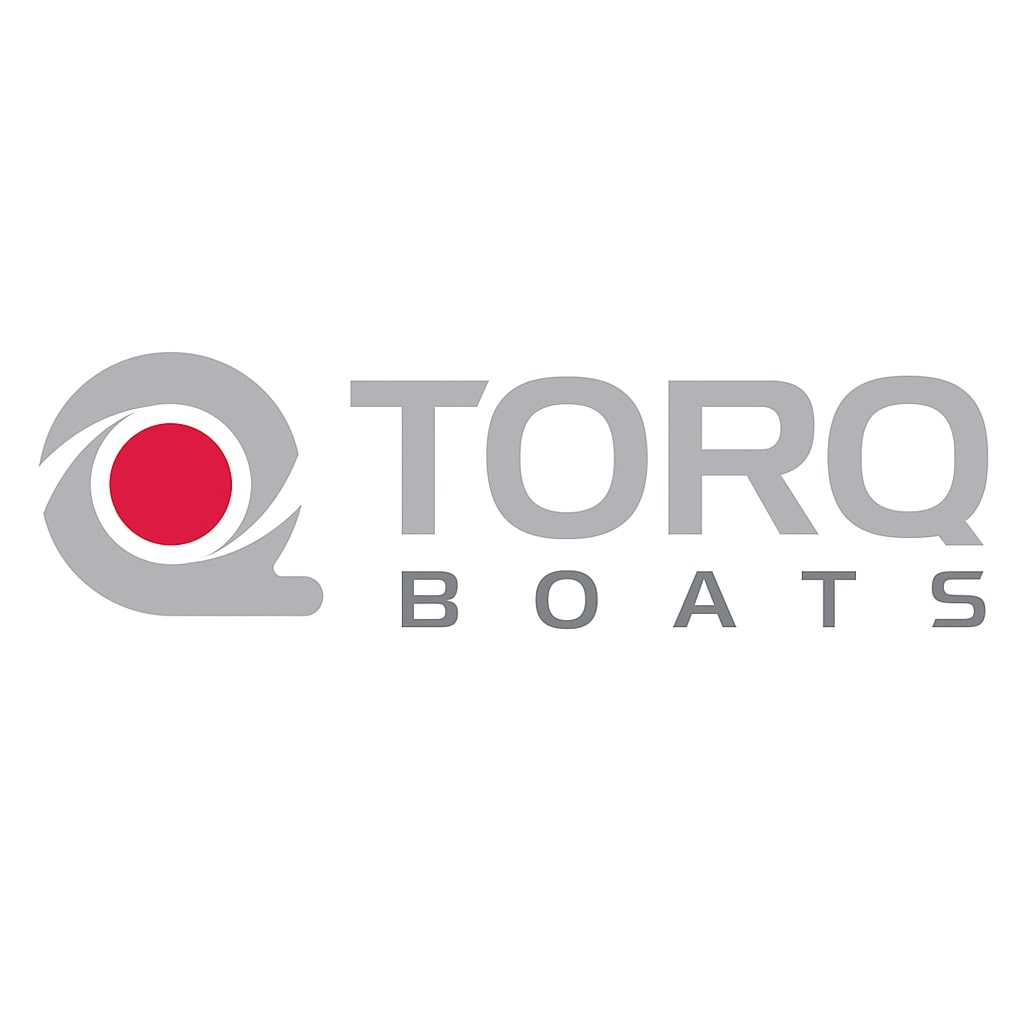
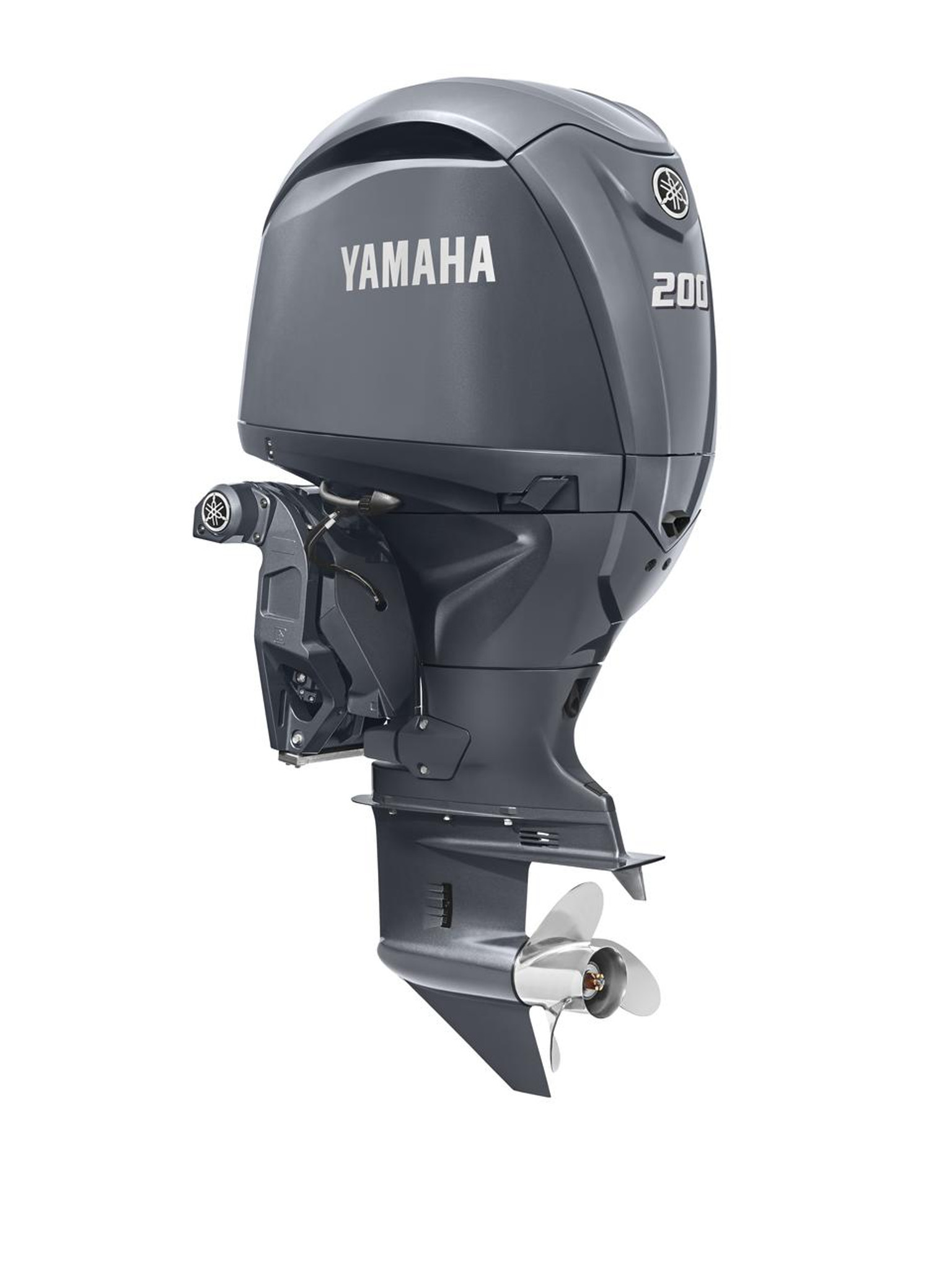
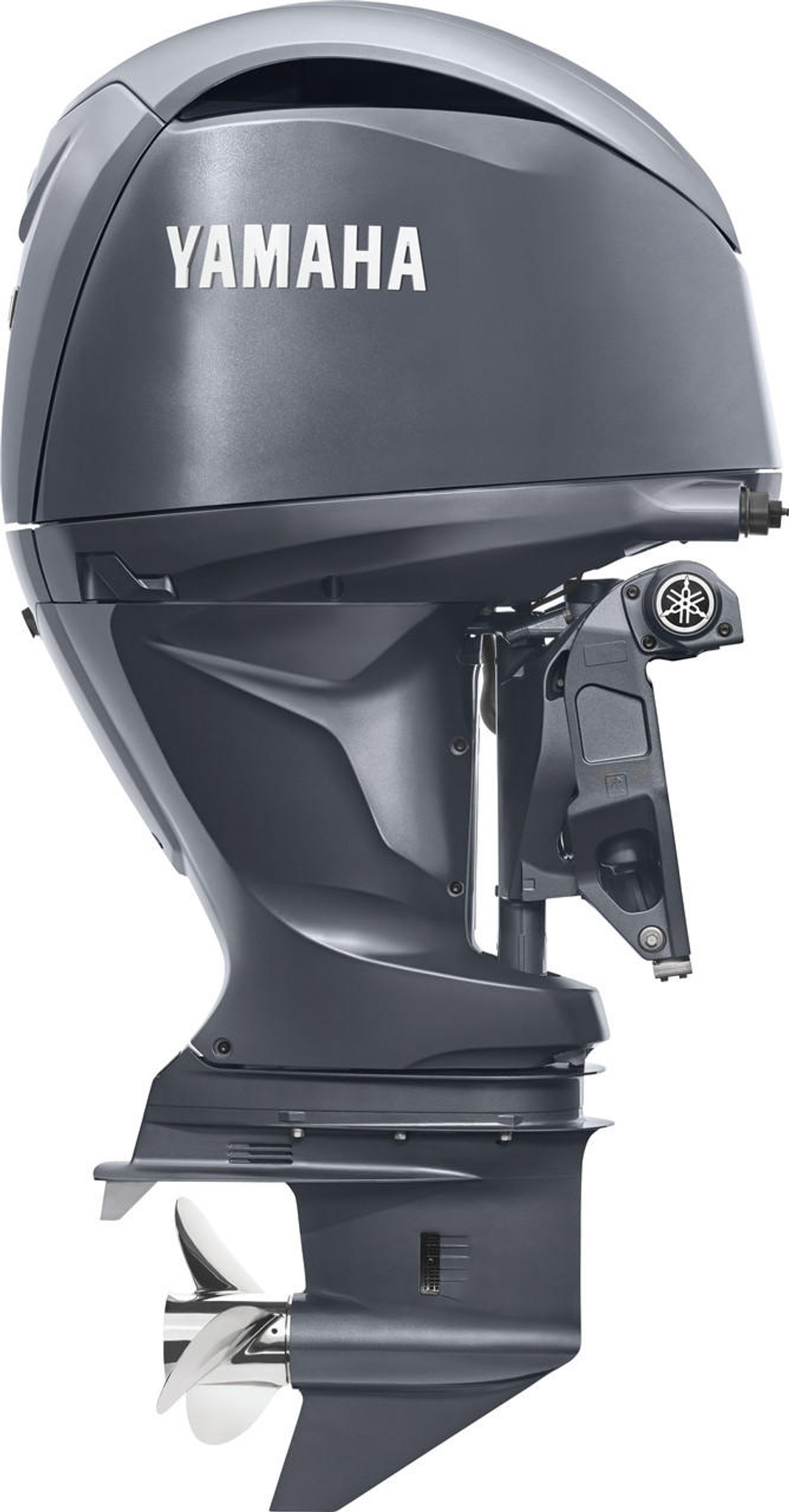

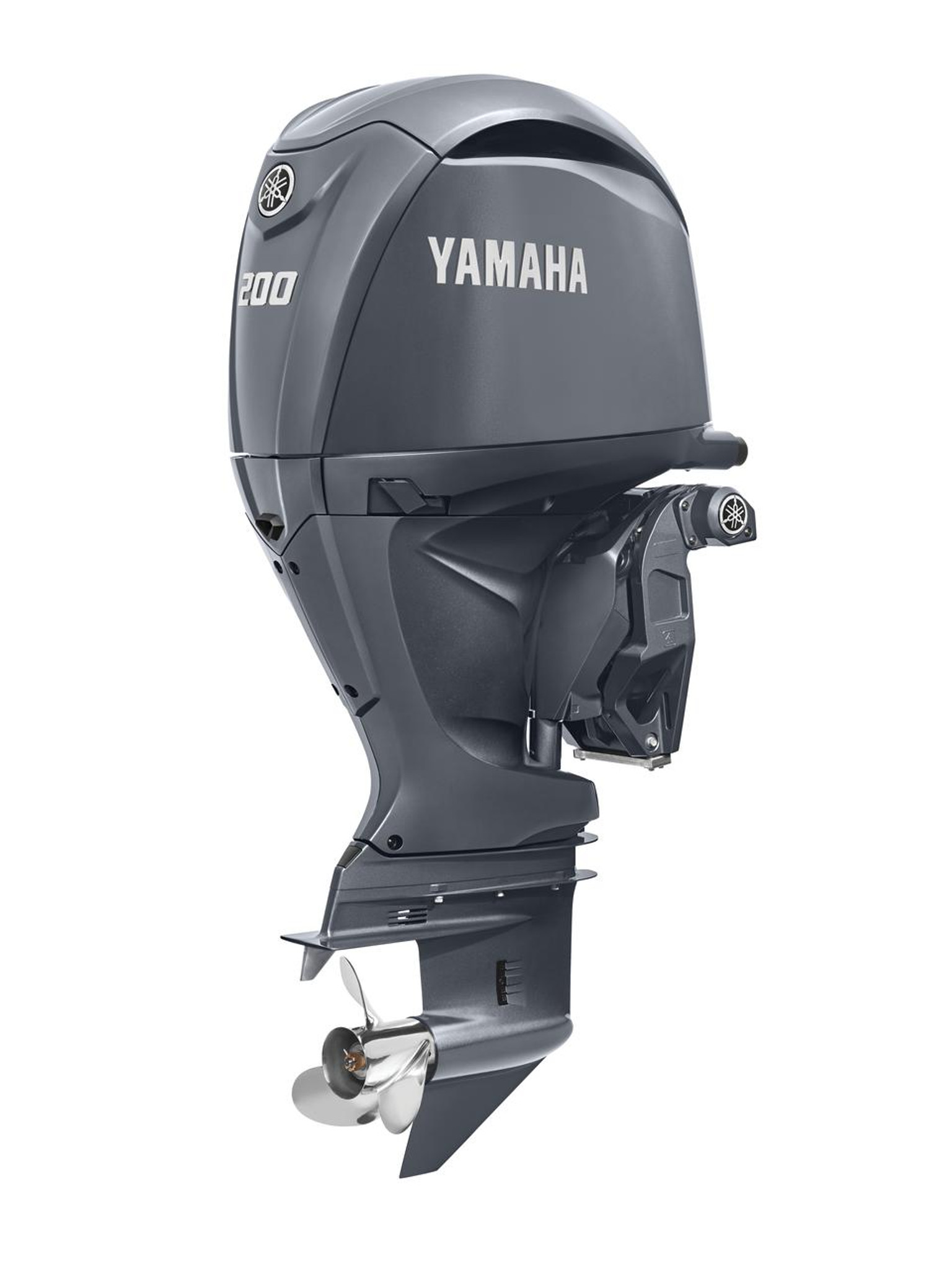
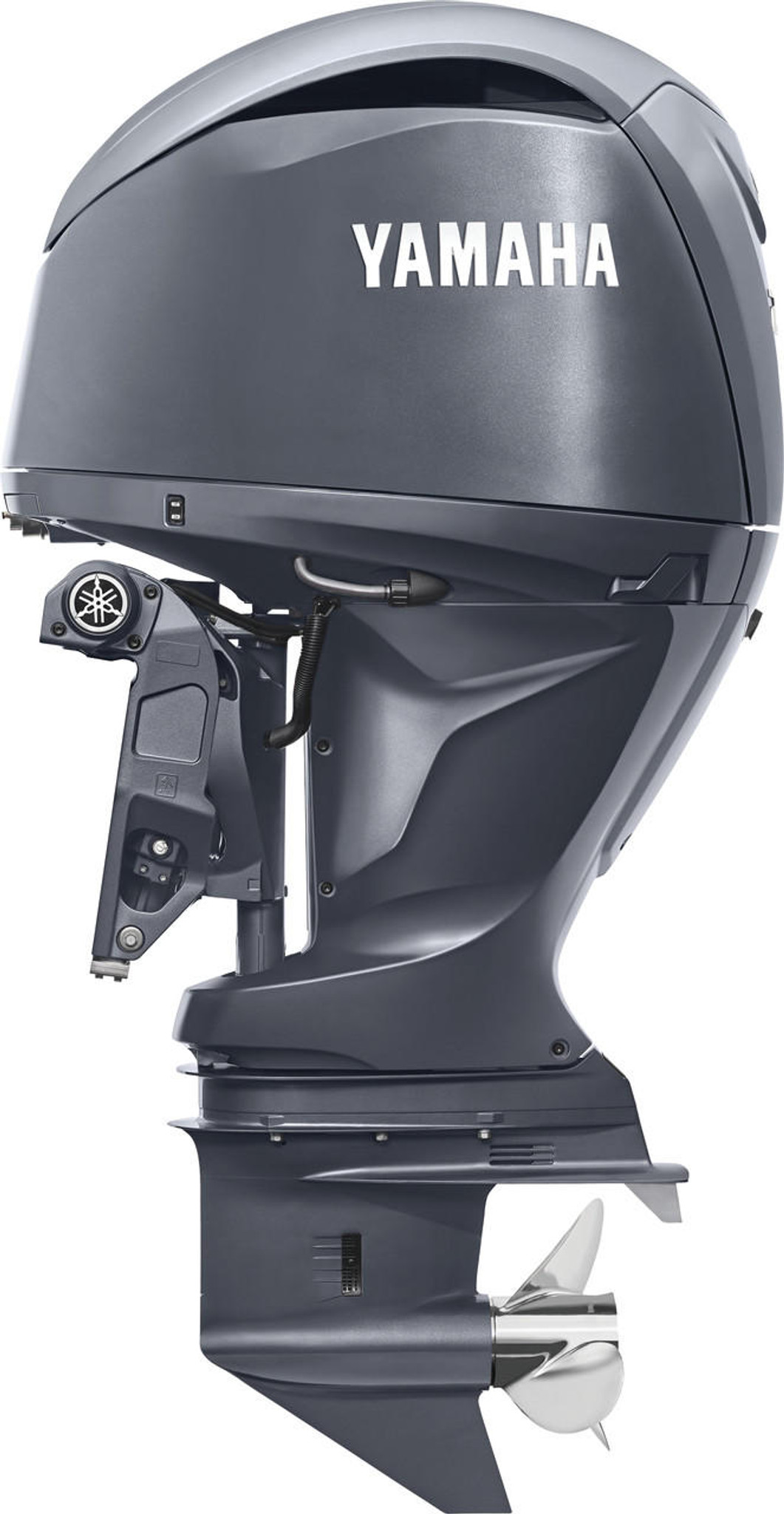
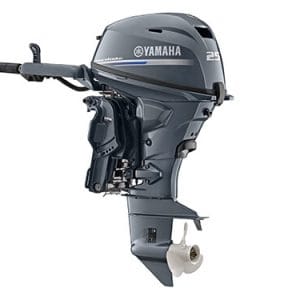
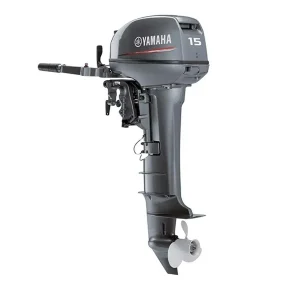
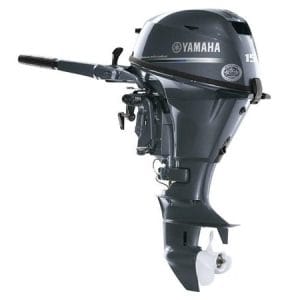
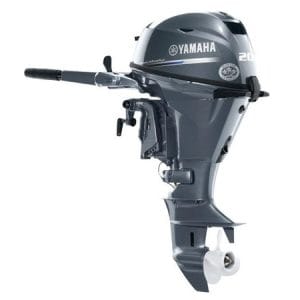
Reviews
There are no reviews yet.